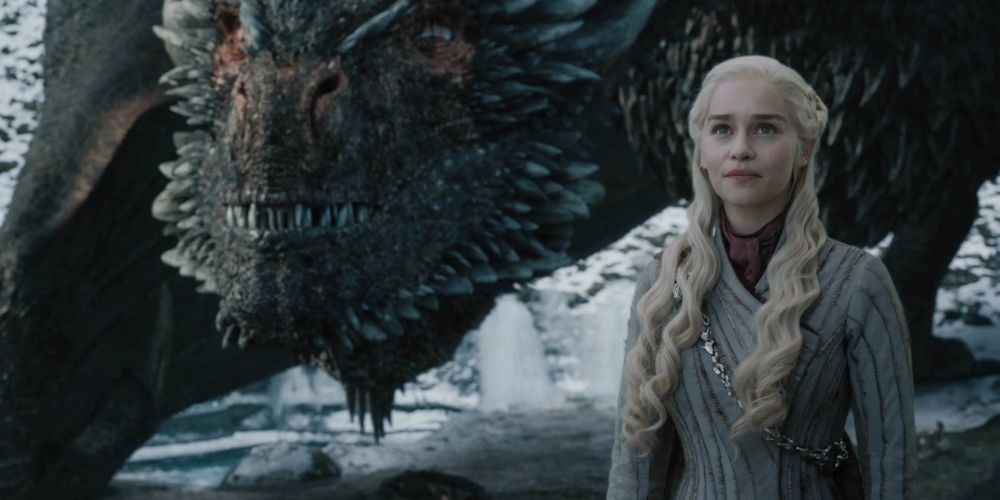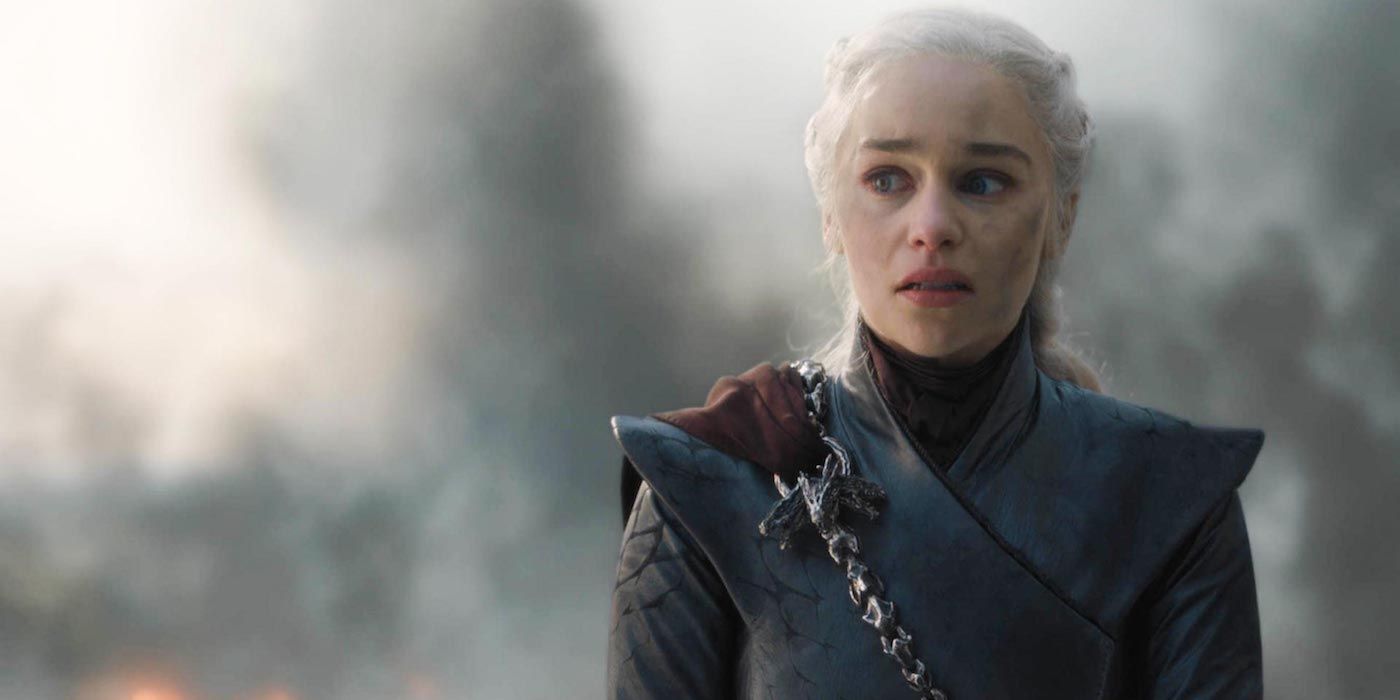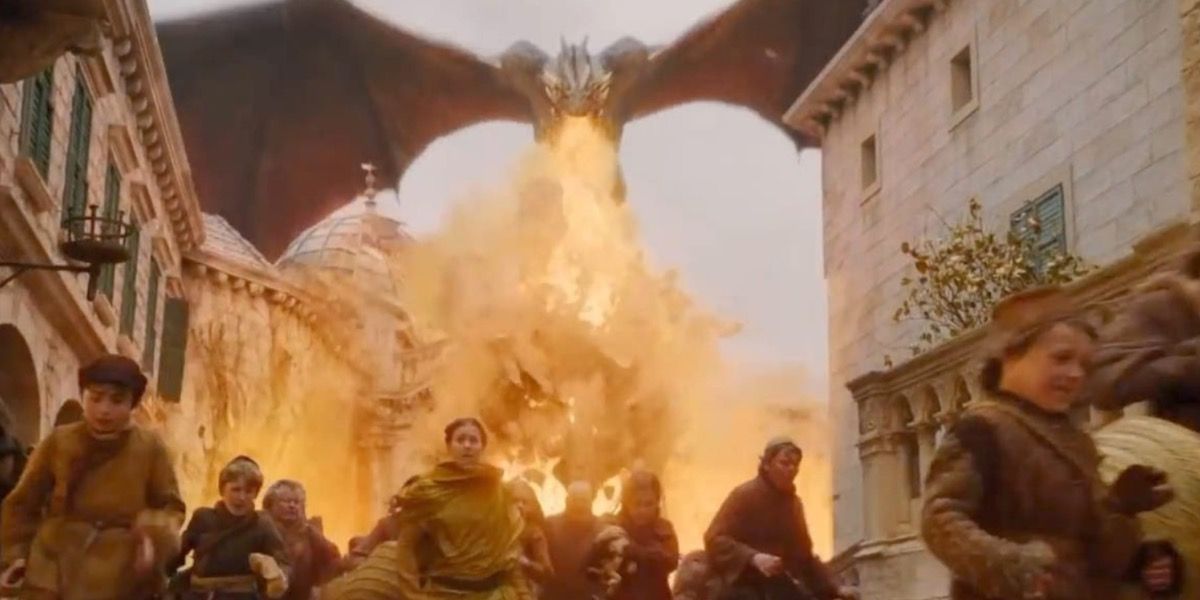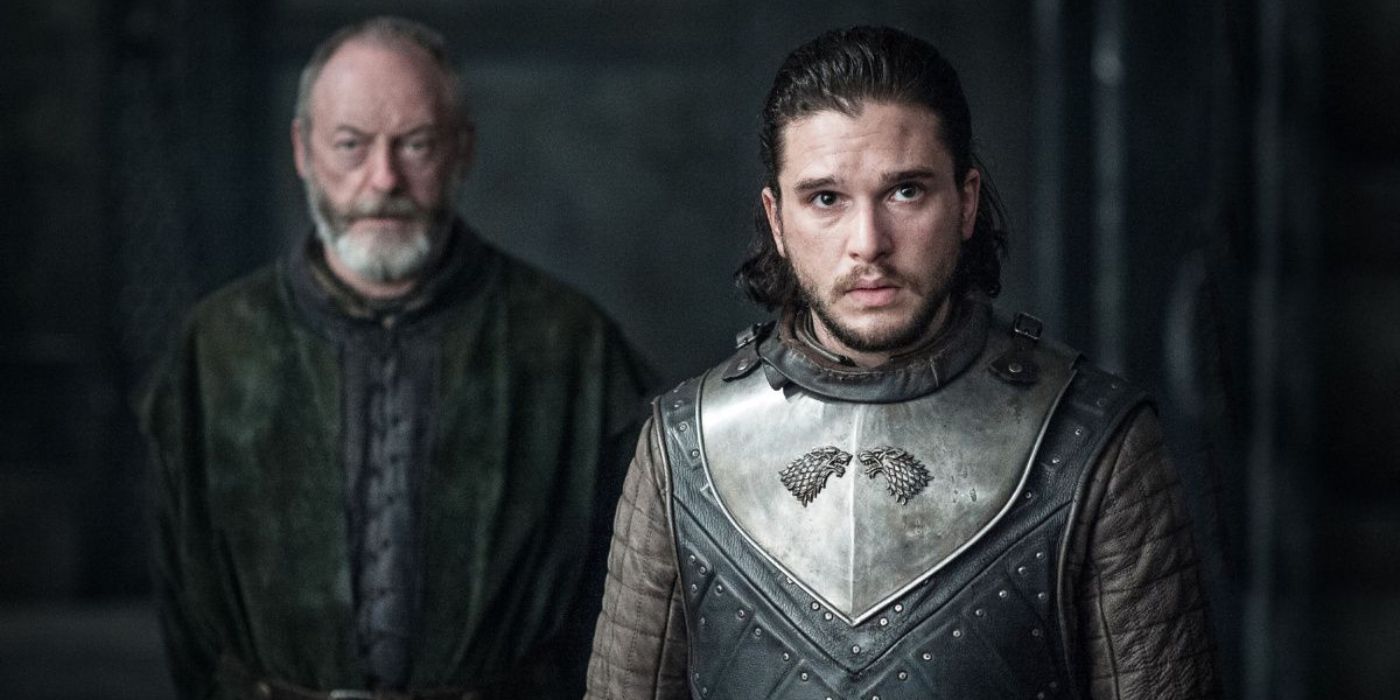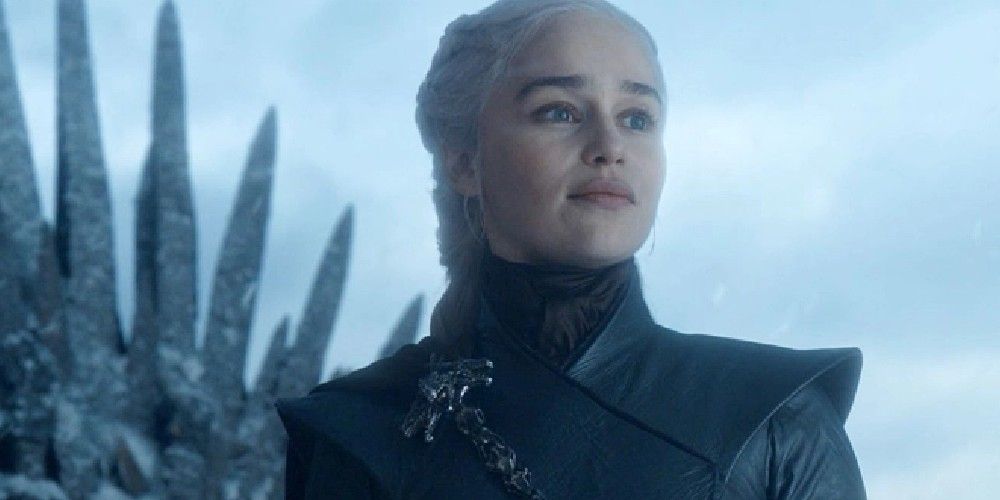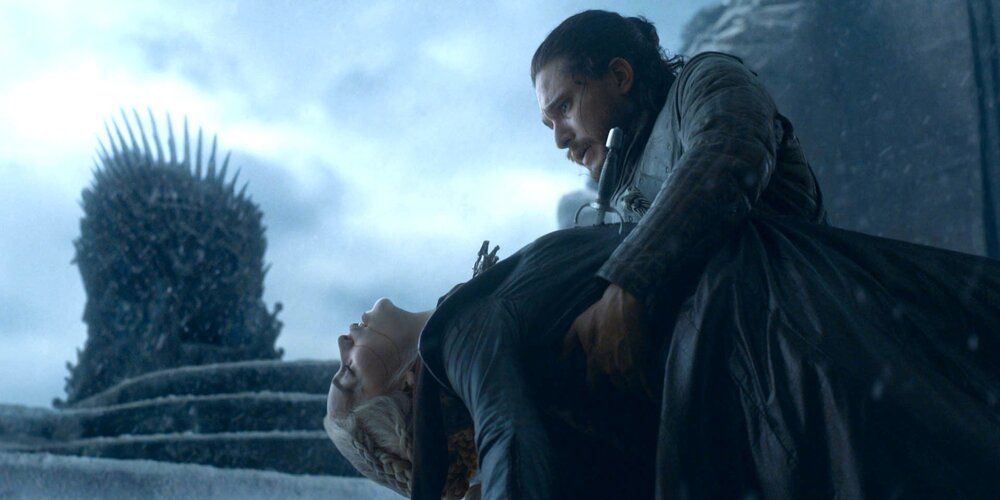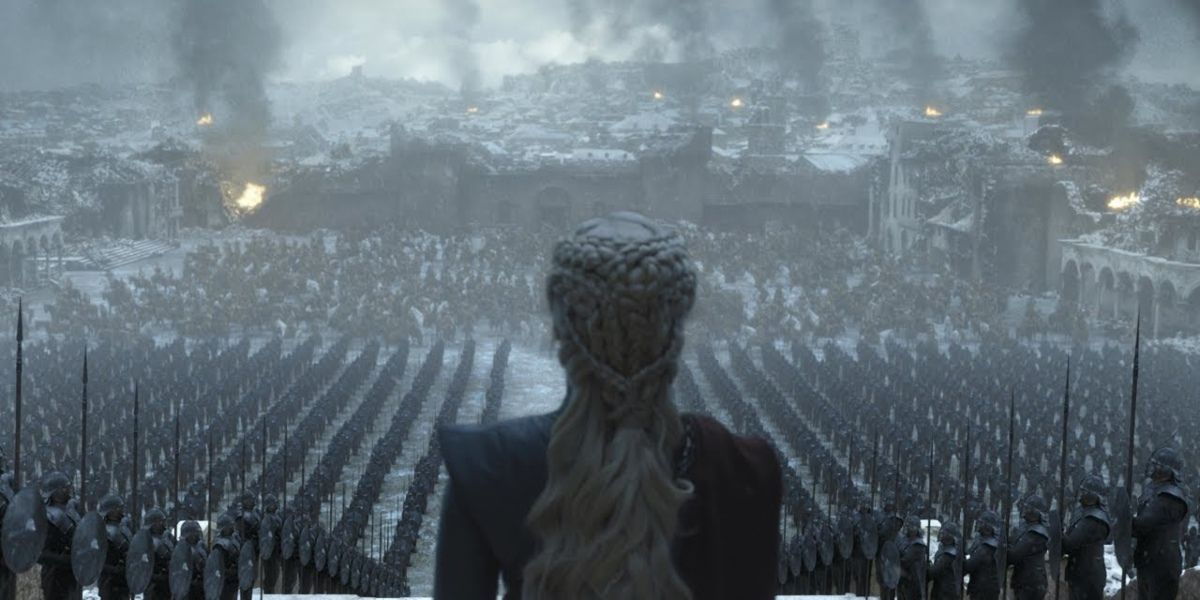
Yet, as much as the show rushed her villain arc, it wasn’t an entirely unpredictable outcome. Fans of the franchise know that the narrative of Westeros relies heavily on symbolism and prophecy regarding its characters. Events in the past repeat themselves and some visions seen throughout the show end up coming true, just not in the way people expected. There were several hints throughout the show that pointed towards what Daenerys’ ultimate fate would be. While none of them outright stated she would die, there was a lot to suggest that her quest for the Iron Throne would not be as successful as she dreamed it would be.
Daenerys Progressively Darker Outfits
This one might be a bit on the nose, but even the costume design in Game of Thrones was very deliberate. It can be seen in how Cersei Lannister’s dresses in seasons 7 and 8 mirrored her father’s outfits as Cersei saw herself more and more as Tywin’s true heir. Or in how Jon Snow and Robb Stark later wore outfits that were almost identical to Ned Stark’s. In Daenerys’ case, the final season seemed to hint at the gradual transition from heroine to tyrant with each passing episode. This needs a bit of clarification, as the outfit clues reflected different points in Daenerys’ fall from grace.
Take a look at the beginning of the season. Daenerys is wearing an almost solid white outfit. This showed solidarity with the North, but the color white symbolizes purity, innocence, and even cleanliness. At this point in her life, Daenerys is still that paragon that people can follow with love and admiration in their hearts. She was still the woman that, so many fell in love with. As Daenerys suffered a series of losses, both political and emotional, a change took root in her outfits. The first hint of this was in the aftermath of the Battle of Winterfell. Her new dress took on a gray color, signifying that her morals were darkening or that she was being pushed in a darker direction.
The Revelation of Jon’s True Identity
Realistically, fans always knew that the revelation of Jon Snow’s true parentage would cause friction between him and Daenerys. Being the son of Rhaegar, especially a legitimate one, meant that he was automatically higher in the line of succession than she was. Perhaps some people felt it was possible for Daenerys to reconcile with Jon. The two falling in love may have been incestuous, but it was hardly anything abnormal for two Targaryens. Also, there was even a precedent for such a couple as Rhaenyra Targaryen and her uncle, and later husband, Daemon. Unfortunately, that answer was far too messy to lead to a peaceful solution.
In this way, it functioned as a hint. Daenerys’ inability to cope with the reality of her place in the family hierarchy was always going to cause a problem. One where her only options were to remove Jon as a threat to her rule or to find someway to get him to serve her, which became increasingly less likely due to how disturbed he was by their relationship when he learned the truth of their family ties. Daenerys not only lost her place in the world here, but she also lost perhaps the first true love she has known since Khal Drogo. That sort of loss can cause a person entering emotional free fall.
Daenerys’s Vision in the House of the Undying
What followed this vision, though, was most telling. The very next thing she saw was her husband, Khal Drogo, and her infant son, Rhaego. Both died prior to this, leaving Daenerys with only her dragons and the Iron Throne as her reason to live. What other reason could such visions of the future have meant other than that she would succeed in her quest to conquer Westeros, but that she would die before ever getting to sit atop the throne? Though it is heartbreaking, Daenerys would never rule the Seven Kingdoms. Fans can at least take some comfort that, if the visions hold true, then she is in the afterlife with the people she loved most. The people who helped her become the powerful woman she was for most of the series, and who gave her more meaning than an empty chair.

